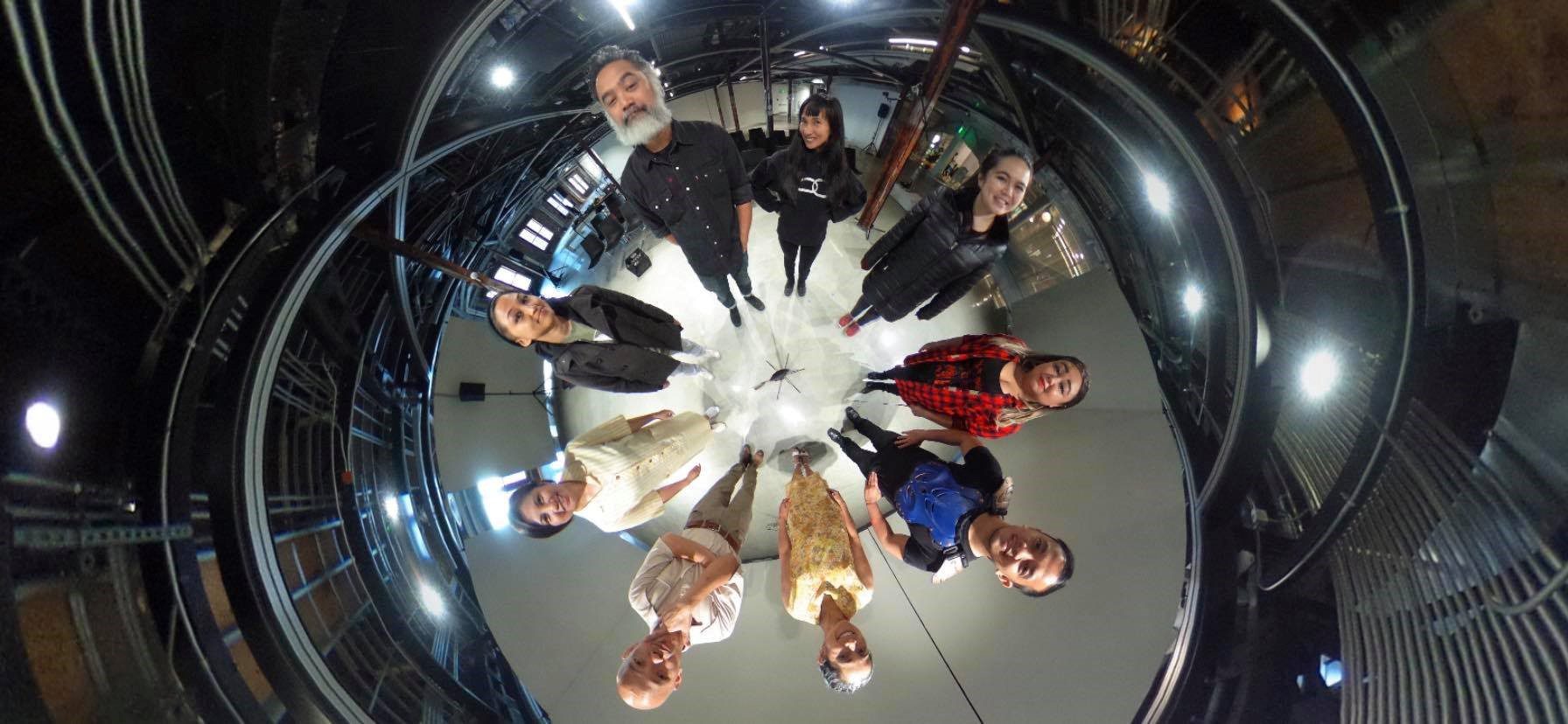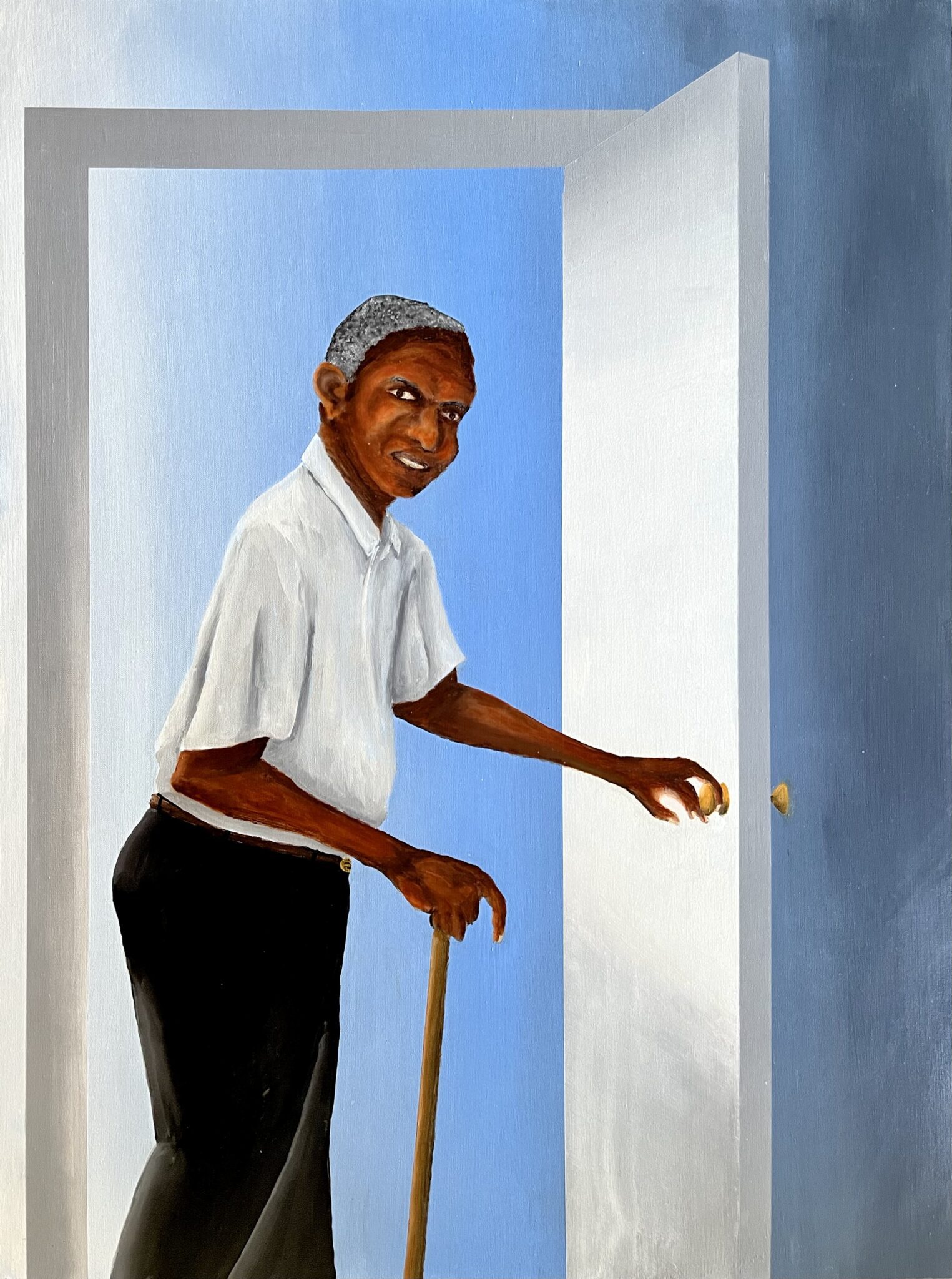“Tell me if this sounds like what a teen guy would say,” inquires Stephanie Guerra, as she is about to read out loud from her upcoming teen novel. The dozen or so teenage boys in the audience started off semi-loud and raucous, but once Stephanie started reading her work, they listened attentively, and offered responses at the end.
“You bring up he has a car, but you never say what kind of car it is! He would care about that!” says one boy, excitedly.
“I think he’s about to get in trouble…” answers another, after being prompted.
“What happens next?!” All the boys are clearly enthralled by the story.
 Her audience consists of boys in the King County Juvenile Detention, where Stephanie volunteers once a week. After the reading and feedback, she hands out golf pencils and sheets of paper to the young men, and gives them a chance to try their hand at writing. “Write about ‘home’” she suggests, linking the prompt to the reading with strategies for developing setting. She invites them to expand in any direction: “Write a poem, a story, any form you feel like.” Fifteen minutes of silence passes while pencils move across the page, some boys nudging each other to show others what they wrote, and Stephanie then offers them the chance to read out loud.
Her audience consists of boys in the King County Juvenile Detention, where Stephanie volunteers once a week. After the reading and feedback, she hands out golf pencils and sheets of paper to the young men, and gives them a chance to try their hand at writing. “Write about ‘home’” she suggests, linking the prompt to the reading with strategies for developing setting. She invites them to expand in any direction: “Write a poem, a story, any form you feel like.” Fifteen minutes of silence passes while pencils move across the page, some boys nudging each other to show others what they wrote, and Stephanie then offers them the chance to read out loud.
From nervous to confident, simple to complex, long to short, the 8 or so original pieces that were read out loud all gave the boys a chance to share something meaningful to them. Pieces included a factual writing about one’s hometown, a poem about poverty, a fictional short story about a car chase, and prose called “Where the Love At”. Most seemed very excited to participate, their work coming from a genuine place.
Guerra paused between each reading to compliment the authors and to ask them questions about their creative pieces. Her questions allowed each boy to analyze his own work, to share a part of his life and his experience in an artistic way. Stephanie’s ability to create a safe environment for those boys was incredible. Although Guerra teaches at the detention center, the boys didn’t seem to view her as their instructor. In fact, the comfort they demonstrated in sharing their work made me think of Guerra as more of a mentor, or maybe even a friend. Not to mention, the portion of her novel she read at the beginning was also wonderful!
Image courtesy Stephanie Guerra.
Stephanie Guerra is one of the Office of Arts & Culture’s 2015 Youth Arts recipients, as well as a 2014 CityArtist. Read her CityArtist profile here. Youth Arts is an annual funding program that makes a difference in the lives of Seattle middle and high school youth by providing s education beyond the regular school day in neighborhoods throughout the city. To find more out about this program, check out our website.


